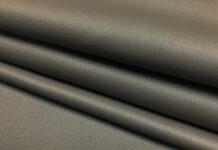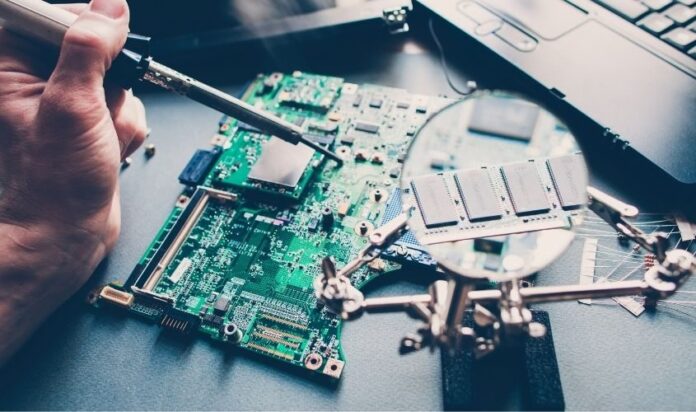
Table of Contents
If you’re designing a high-speed PCB, it’s quite possible that the very first thing you thought of was the clock frequency. Although this is something that must be considered, neglecting other things could – and probably will – lead to the board failing, which is why there are specific guidelines that you must follow throughout the design process.
If you’ve found yourself in a situation where you need to design a high-speed PCB, but don’t know what things you must consider, don’t worry, our article can help! Here is our list of the top eight factors that should be considered while you’re designing a high-speed printed circuit board:
1. Before Anything Else – Think About The Layout
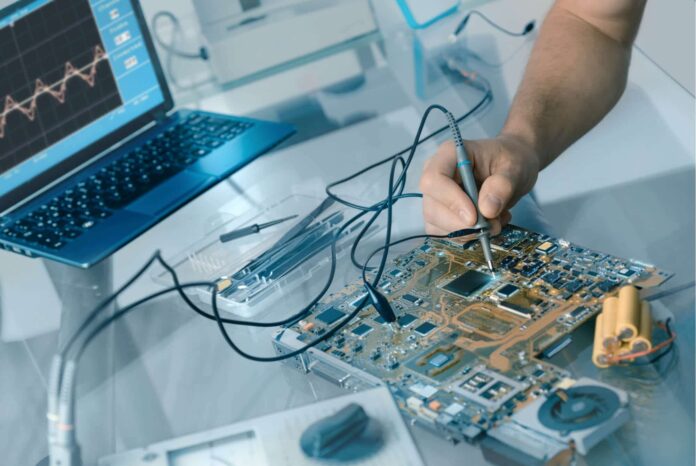
Before you can even think about the manufacturing process of PCBs, you must consider the layout design. This means that you must consider the signal frequencies or speed when going through the design process. Most PCBs available on the market will have diverse signal speeds and types, thus, if you don’t focus on them in the layout design stage, it could result in signal intensity issues. Because of this, you must carefully design the layout of your board.
Keep in mind, that the circuit board might not experience any manufacturing issues, however, it could have performance issues when it’s tested or being used, and in most cases, this occurs due to poor layout planning and design. At this stage, redesigning the board would be quite expensive and time-consuming, thus, you must make sure that you consider and determine what the layout of the board will be.
2. It’s Easier to Create a Scheme of How it Works
Once you determine what the layout will be like, it might be best if you create a scheme detailing how the entire board will function. This won’t only help during the manufacturing process, but it’ll also save you a lot of time, mostly because you’ll already answer some questions that the manufacturer might have. Include as much info as possible on the trace lengths, component placement, housing, and so on.
3. Always Ask For Someone to Review Your Scheme
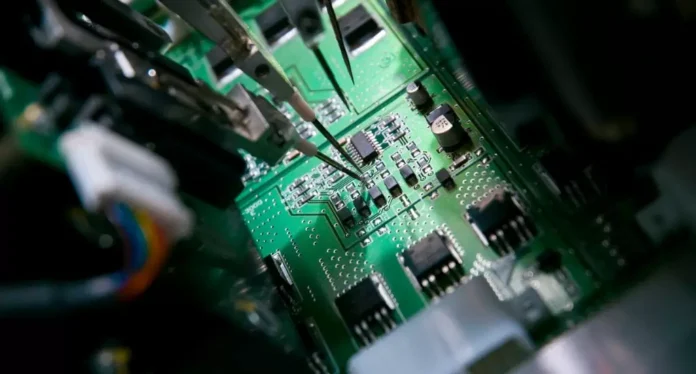
Before we move on to some other things that you should consider, it’s worth mentioning that you might want to ask someone to review your scheme. Why? Well, it’s simple – by consulting with someone, they could tell you whether or not you’re missing something in the design, and by doing so, you can correct the mistakes before it’s manufactured, hence, you can improve the performance of the board while at the same time, you’ll be saving time and money.
4. The Components Must Be Placed Carefully
You cannot really place the components of the PCB wherever you want, instead, you’ll have to carefully consider their placement. For instance, the critical power locations and the output/input points. Other parts will also have an effect on the performance of the PCB, hence, while designing, you must carefully consider where you’ll place each component. Again, asking someone to review your design can help you avoid some expensive mistakes.
5. The Power Supply Must Be Bypassed
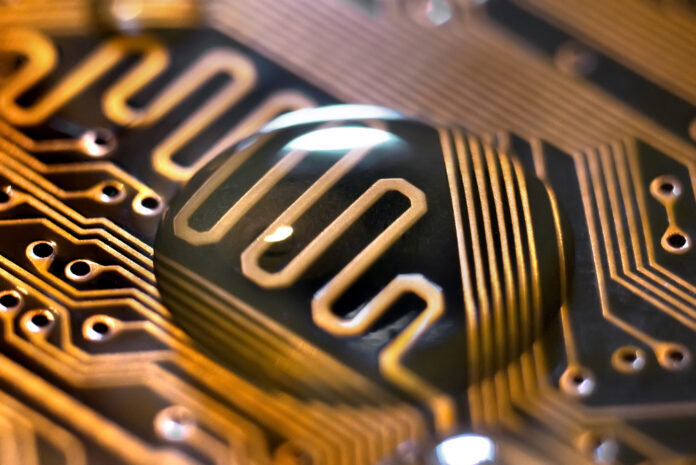
Since you’re working with high-speed circuitry, you’ll need to bypass the power supply since this will minimize noise. Because of this and to ensure the safety of the board, expert PCB designers such as vinatronic.com recommend that you use some traditional methods such as rail-to-rail since this can provide you with the results you’re searching for, and more importantly, it can make sure that the boards work properly.
6. Shielding Will Probably Be Needed
As you already know, there will be a wide range of signals on the board, all of which can interfere with one another, and with a high-speed board and circuitry, the negative consequences can become even worse, which is why you’ll need to be extra careful. When you’re designing the board, you must plan it out while thinking about how the board will avoid such interference between signals, so that they can operate in the right way.
Luckily for all designers, there are a few techniques that you could try. For starters, you should make sure that all the long, parallel runs are kept to a minimum on one board. Second, you should lower the number of occurrences of long traces. Third, guarantee that you maintain a safe distance between all the signal traces. And lastly, if some of the signal traces require more isolation, you should route all of them in separate layers.
7. The Materials Are an Important Factor
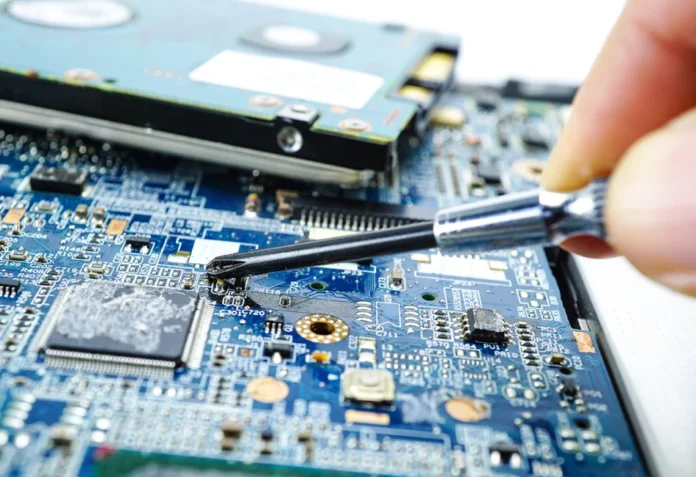
In order to reduce noise and cross-talk signals, one of the things that you should consider is the materials used for manufacturing the printed circuit boards you’re working on. Why? Well, different materials will have different dielectric constants, and if the constant is lower, it’ll result in the signals achieving higher speeds. Hence, don’t neglect to think about the material you’ll use and if needed, see how different options will work.
8. The Construction of Traces
Last on our list of considerations, but equally important as everything else is the construction of traces. If you opt for utilizing microstrip or stripe lines, it could impact the performance of the board, thus, some of the things that you must consider include the thickness, width, and the constant of the materials you opted for utilizing. Each of them will have different resistance and capacity, which can easily impact the performance of the board.
Conclusion
As you were able to learn from our list above, there is a wide range of things to consider when designing a PCB, which is why it’s often considered complex and daunting. But, if you follow our guide from above, you can make the whole process easier, and more importantly, you can ensure that your PCB is completely functional and operational.
By now, you’ve probably determined what you must do to properly design a printed circuit board. If so, you probably don’t want to lose any more of your free time reading articles similar to this one, instead, you should start with the first consideration we’ve mentioned – which is planning out the layout of the board.

